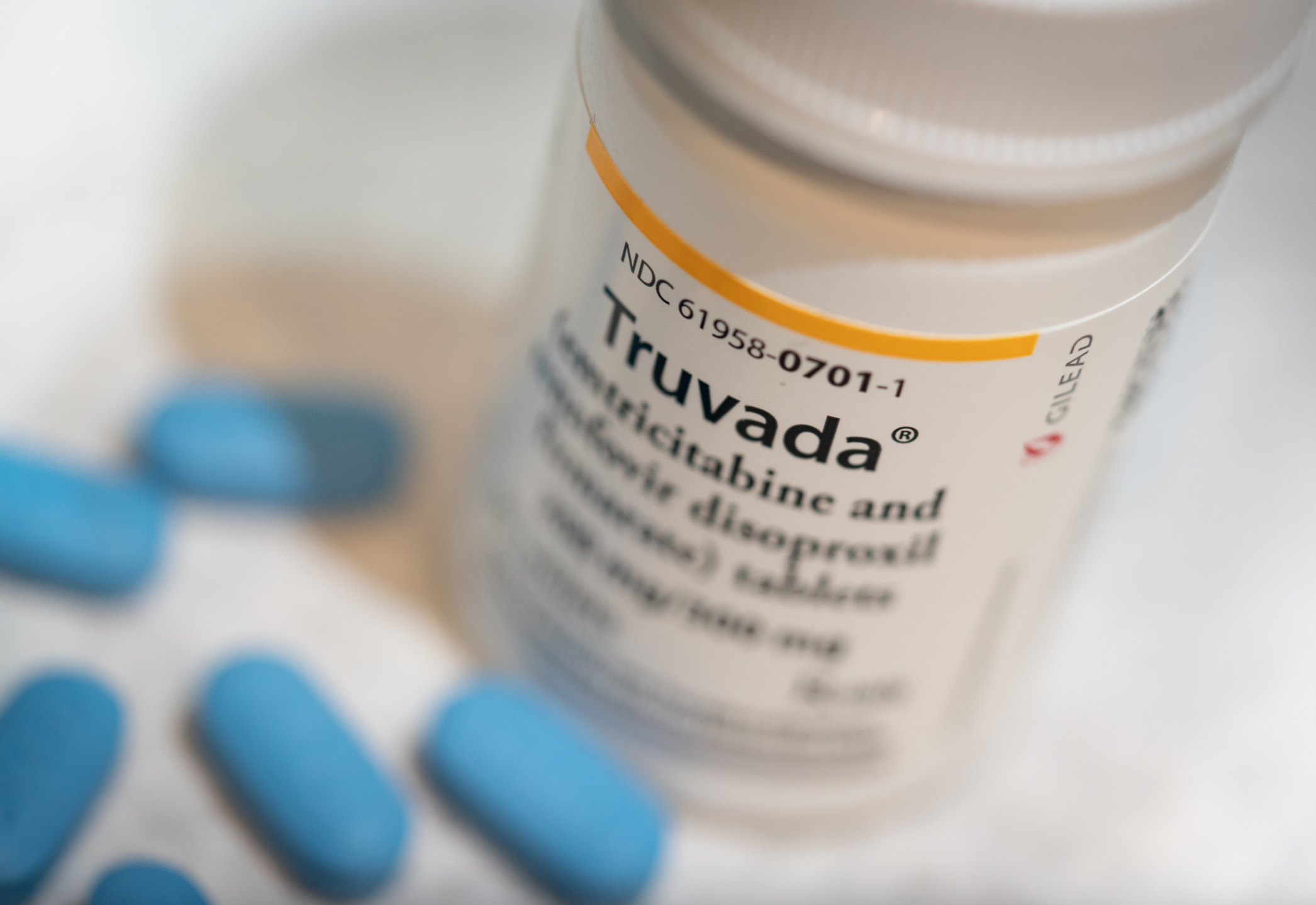Since its introduction to the market, TDF has been linked to reports of chronic kidney disease, and serious kidney problems.
Nowadays, PrEP (pre-exposure prophylaxis) and PEP (post-exposure prophylaxis) are perceived as a key strategy in efforts to reduce the transmission of HIV. Many people who are generally considered to be at high risk of HIV infection feel they are privileged to have PrEP and PEP for their health, for those they love, and their community. Also, for many, being able to prevent HIV can reduce anxiety by providing a feeling of security and independence.
Is Truvada like birth control or the “morning-after” pill, but for HIV?
In 2012, the US Food and Drug Administration (FDA) approved Truvada as the drug to be taken by HIV-negative persons to reduce the possibility of infection. Meaning that when users have this medication in their system and HIV somehow ends up in their bloodstream, the drug can fight it off.
Since 2019, Truvada — alongside Descovy, the other drug that is FDA-approved for use as PrEP — is provided at no cost to thousands of individuals who qualify through the federal, nationwide program Ready, Set, PrEP, led by the U.S. Department of Health & Human Services.
Truvada was introduced on the market in 2004. So before it was approved by the FDA as PrEP, it was already being used for years by many HIV positive people to control the virus. The drug was usually used in combination with a few other HIV drugs.
The medication is a mixture of two active substances, tenofovir disoproxil fumarate (TDF) and emtricitabine. They fight HIV by stopping a particular part of the virus from replicating in the body.
On the one hand, it’s generally agreed that taking Truvada on a regular dosing schedule works well for HIV prevention. The most cited source is a major study — the iPrex study which started in 2007 and concluded in 2011 — that looked at Truvada as prophylaxis. However, the sample size of the study (2,500 subjects with half taking a placebo) wasn’t statistically relevant (not large enough) to establish that Truvada is 100% effective when taken daily. Still, in 2012, the iPrEx researchers estimated that taking Truvada every day produces a 99% reduction in the risk of HIV infection.
On the other hand, the topic of side effects often comes up in discussions around PrEP. Truvada can be pretty rough on a person’s body. New PrEP’ers often notice some minor physical effects, such as nausea, especially during the first month of use. More importantly, the TDF component of Truvada has been associated with chronic kidney disease and bone toxicities in people taking the drug as a part of a multi-drug regimen for the treatment of HIV.
However, HIV-negative people may not have a safety leg-up when using TDF because the risk factors for TDF toxicity appear to be similar for them as for their HIV-positive counterparts.

Another controversy with regards to using Truvada centers around sexual behavior, adherence, and possibly relying on the drug for the wrong reasons. Some people may feel encouraged towards giving up more traditional prevention strategies like condom use and thus justifying unsafe sex practices only because a prevention drug is available. For example, in one case, PrEP failed, not because HIV was resistant to Truvada, but due to a high number of sexual intercourse partners and condomless episodes.
What are the long term side effects of Truvada?
Since its introduction to the market, TDF has been linked to reports of chronic kidney disease, and serious kidney problems. A 2013 large study into the safety of anti-HIV drugs suggested that TDF has an independent association with a decline in kidney function, while a 2016 study concluded that the rate of chronic kidney disease was significantly higher among patients continuing with TDF treatment compared to those who had discontinued it.
Kidney disease is a condition that can advance very slowly, although care for people with HIV does include monitoring of their kidney function with blood and urine tests meant to detect signs of disease. The symptoms of a kidney disease getting worse could be swelling of the legs, feet, or ankles. When a patient’s kidney function slowly worsens, they can end up suffering from chronic kidney disease that can further progress to end-stage kidney failure, fatal without dialysis, or a kidney transplant.
Bone problems in patients that were prescribed TDF included bone pain, softening, or thinning, and, in the worst cases, increased bone demineralization and bone fractures.
A study using a large database of about 49,000 HIV-positive people showed that a small percentage of patients taking the drug (1%) were at increased risk for serious liver injury and liver cancer. However, the study could not prove that TDF was the cause of liver injury or cancer.
Gilead Sciences, Inc. the company manufacturing Truvada, is already under fire in a growing number of lawsuits filed on behalf of individuals who are living with HIV or AIDS or were on PrEP. These patients claim that the drugmaker knew that Truvada had design defects that cause damaging side effects and failed to warn doctors or patients of those risks, actively misrepresenting its efficacy and substantial risks.
The lawsuits claim that Truvada was designed to be taken in high doses for a long time which puts stress on the kidneys. Patients allege that Gilead knew that TDF was very toxic in the prescribed doses but continued to market Truvada as a safe drug.
There are also allegations that Gilead intentionally delayed the development of a safer HIV medication called TAF merely to protect the profits derived from its patents for TDF-based HIV treatments. TAF is considered to be far less toxic than Truvada and more easily absorbed in the organism. Lawsuits state that although Gilead began developing both TDF and TAF at the same time, in 2000, it released its first-generation TAF medication — Genvoya and Descovy — only 15 years later.
PrEP4All, an HIV-prevention group, mirrored the allegation made in the lawsuits in a petition filed in 2019 with the U.S. Patent and Trademark Office. The organization cited public remarks, made in 2011 by former Gilead executives, that seemed to indicate a desire to avoid a reduction in sales revenue of TDF-based drugs. The petition also cited Gilead’s statements that clinical trials indicated TAF is safer than TDF.
Cases have been filed by individuals who have been injured as a result of taking prescription medications that contain TDF (Truvada, Viread, Atripla, Stribild, Complera.) The majority of those claims have been brought together in multidistrict litigation, in a single court to allow for quicker and more efficient proceedings. There is also a class-action lawsuit filed by two patients against Gilead in the State of California. In contrast to class-action litigation, multidistrict litigation allows for each client’s individual needs to be addressed while still benefitting from the class-action cases, such as pooling the resources needed to take on a corporation such as Gilead.


Join the conversation!